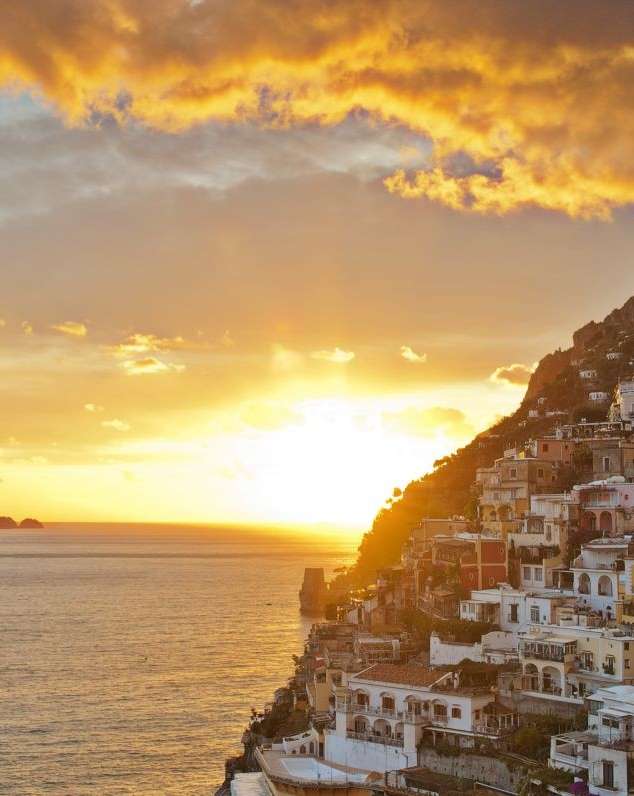
Salaparuta in Sicily, the city that was rebuilt
October 14, 2014Salaparuta is an Italian town in the province of Trapani, in Sicily. It is located in the valley of the Belice river, standing on a hill 385 meters above the sea level. Said town is of Arabic origin, once called Menzil Salh (The lady’s farmhouse). In the Fifteenth century it became a fief of the Paruta family, who then proceeded to re-establish the area standing at the foot of the Medieval Castle.
The entire town was razed in 1968, when a terrible earthquake happened in Belice. The natural disaster reduce the whole town to rubble and it forced the local governments to rebuild everything on a slope, according to a plan of total population transfer. The structure that was designed and built includes detached residential areas, interspersed with public facilities.
The old town still stands to testify what once was the local life, before the disastrous earthquake occurred. Because of said earthquake, Salaparuta’s typical historic buildings and monuments are all gone. As of today, you can admire only the ruins of the Medieval Castle and a fine statue of St. Catherine, which miraculously survived the natural disaster and is now preserved in the restored Cathedral Church.
The local economy revolves around agriculture and a major source of income is given by vineyards, scattered throughout the municipality’s territory. The inhabitants are so specialized in wine production, that they obtained the prestigious label of Salaparuta DOC, on February 8, 2006. There are many social as well as private wineries that produce this high quality wine, well known and appreciated throughout the whole Italy peninsula.
In addition to wine production, Salaparuta also carries the cultivation of olives and sowing. According to an ancient popular tradition, the dust swept from the churches’ floor on the day of Palm Sunday, dispels drought: if it is spread on the fields, rain is most likely to occur.
















